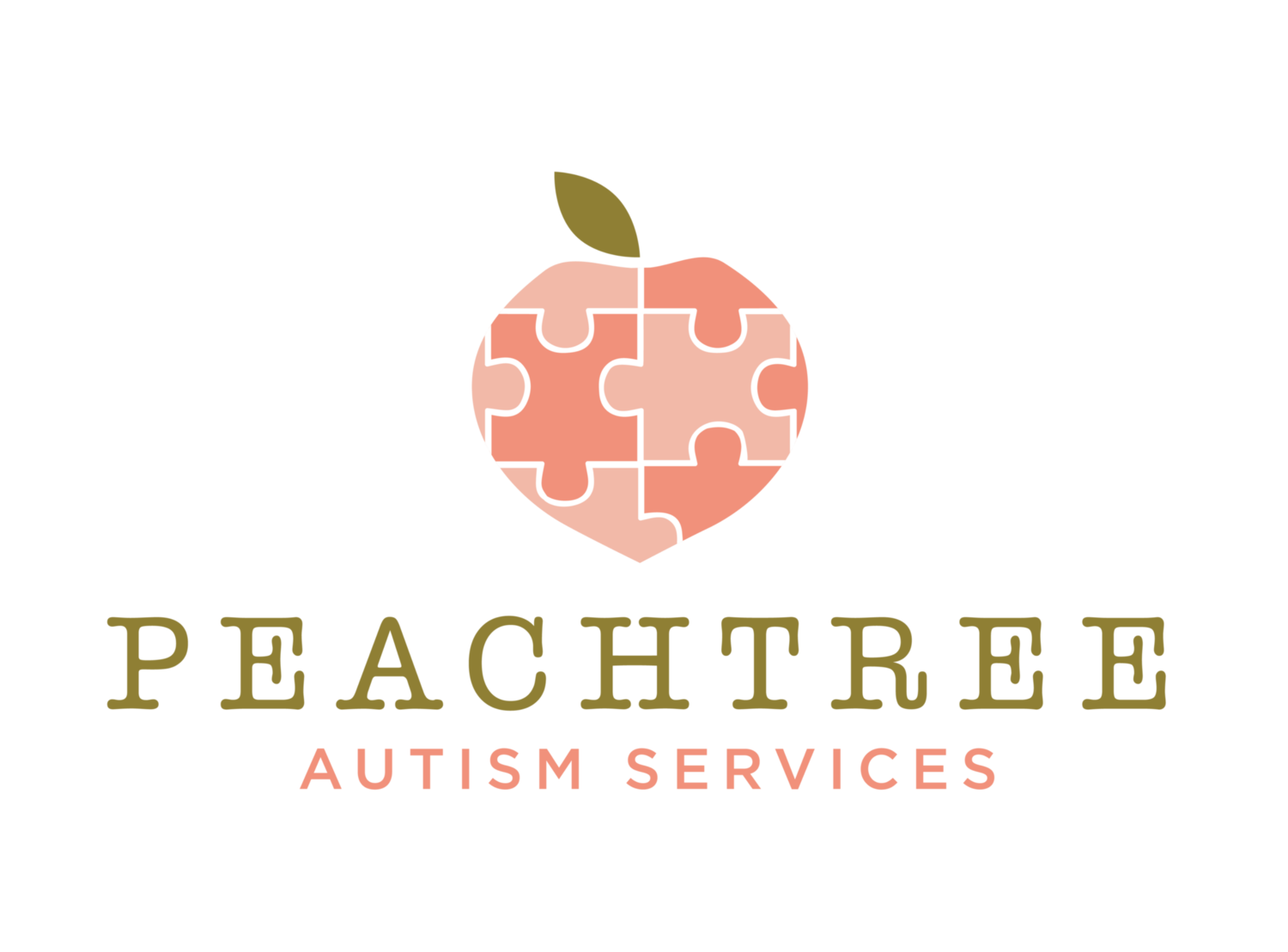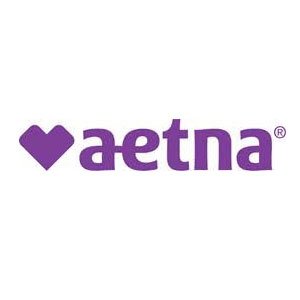Integrated ABA services for children in a mainstream preschool setting…
Treatment plans are developed based on the child’s strengths and needs across the domains of communication, social skills, and behavior.
Children continue to receive direct therapy from a Registered Behavior Technician (RBT) within their classroom; therapy is integrated and based on the teaching procedures, behavior plan, and goals outlined within their ABA treatment plan. Treatment plans in this program place a heavy emphasis on Natural Environment Teaching (teaching within the child’s preschool classroom), rather than pulling the child outside of the room for Discrete Trial Training.
Applied behavior analysis (ABA) uses the science behind how people learn to design teaching plans that are effective, efficient, and individualized to the learner.
Goals targeted for children in this model typically includes areas that are focused on skills needed to transition to school, including:
Adaptability and emotional regulation:
Coping with changes in routines
Demonstration of expected classroom behaviors with fewer supports
Social skills and social play:
Spontaneous communication skills
Initiative with relationships
Development of social spontaneity
Self care:
Independence with meals
Initiative with daily living needs (e.g., using toilet)
Group learning:
Learning in a large-group setting
Following large-group directions
Following multiple-step directions
Following classroom routines
Staying on task independently
Handling interruptions to tasks
Observational learning
Generalizing skills
Maximizing rate of learning new skills without intensive teaching
Following a schedule
Self-directed play
Benefits of Receiving ABA in an Inclusion Setting …
Receiving ABA in an inclusive setting supports children in a number of ways:
Provides opportunities for typically developing peers to model social skills
Promotes generalization of skills to a large group setting, which includes less teachers/supports
Provides opportunities for development of school skills
Promotes exposure and acceptance of people of diverse backgrounds
Considerations for Receiving ABA in an Inclusion Setting …
Inclusive preschools also have the following characteristics:
Preschool classrooms have more children in the classroom and less staff than at our clinic classrooms
Preschool classrooms have less individualization of programs and reduced intensity of supports
BCBAs are less available to supervise and make ABA program updates, due to logistical challenges (e.g., drive time, BCBA may not be on site)
Curriculum, classroom activities, and program schedules are driven by preschool teachers, rather than by the BCBA
Children need to be admitted to both the inclusive preschool program and Peachtree Autism Services
Families need to adhere to policies of both organizations, make required payments to both facilities, and coordinate communication between facilities (e.g., child absences due to illness or appointments, coordination of other therapy schedules)
It can be more challenging to place ABA therapists in preschool settings due to timelines imposed by the state related to background check requirements and other logistics
Prerequisites for Enrollment …
At Peachtree, we have high standards for our ABA services; we expect our services to have a meaningful impact on our learners.
In order to quality for enrollment in this program, children must meet all screening requirements, which include the following:
The child’s learning needs can be supported by once-weekly visits by a BCBA
Challenging behavior cannot be dangerous to the learner, other children in the classroom, or therapists
The child’s ABA treatment plan can be implemented in coordination with the general education curriculum
Recommendations for successful inclusion ….
Effective inclusion requires more than just providing access to the general education curriculum and surrounding a child with typically-developing children.
We recommend the following strategies to provide an effective inclusion program⁽¹⁾:
Antecedent strategies to support learners’ comprehension (e.g., visual/pictorial schedules, previewing and priming)
Research-based methods for fading reinforcement within behavior plans
Multi-tiered system of supports and school-wide positive behavior strategies (e.g., 4-to-1 ratio of positive-to-corrective statements, explicitly teaching classroom rules, effective redirect strategies, organized classroom that emphasizes child engagement over downtime)
Embedded supports that allow for optimal learning …
Family Involvement & Coordination with Teachers/Administrators
Research shows that parent and family involvement is best practice in early autism intervention⁽²⁾. We believe caregiver involvement is key to a child’s success….
We partner with families and school staff to understand their unique family values and long-term goals for their child when designing a child’s individualized treatment plan
We teach parents and teachers how to use the techniques that we are using in the clinic and transfer them to the home
We facilitate transition planning to support coordination of care with future providers and school teams
We communicate with a child’s related service provider(s), doctors and other providers to ensure continuity of care
Multi-disciplinary consultant team with experienced related service providers providing embedded supports consistent with best practices across disciplines including Speech and Occupational Therapy
In-Network Insurance Partners
Need help with funding?
We accept the Katie Beckett Deeming Waiver! Click here for more information from Debbie Dobbs, Education Consultant and Child Advocate, to learn about the program and if your child might qualify.
References:
Crosland, K., & Dunlap, G. (2012). Effective strategies for the inclusion of children with autism in general education classrooms. Behavior Modification, 36(3), 251-425.
National Research Council, 2001







